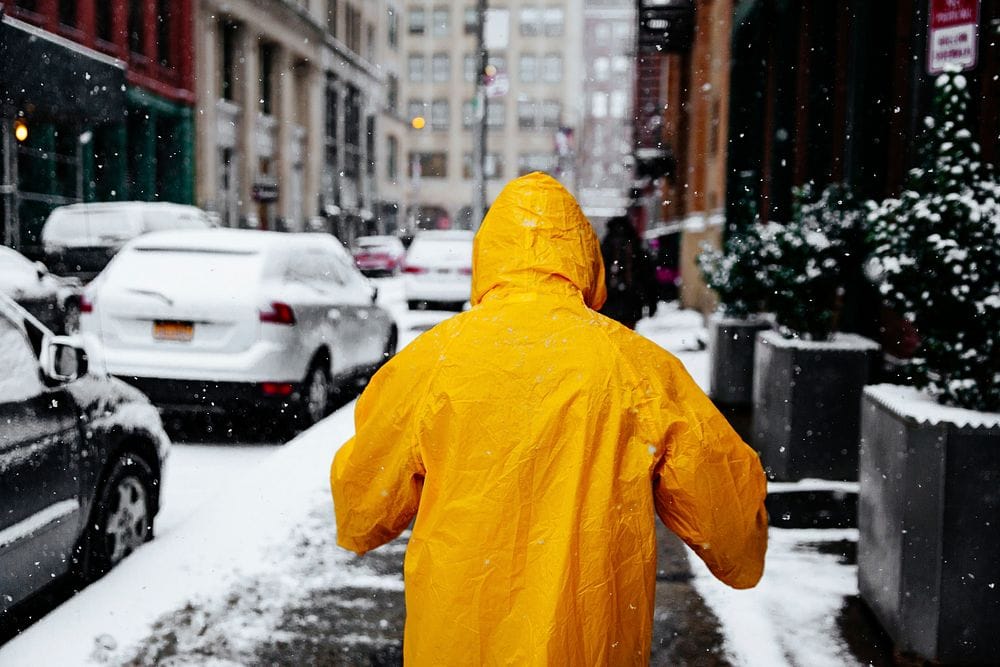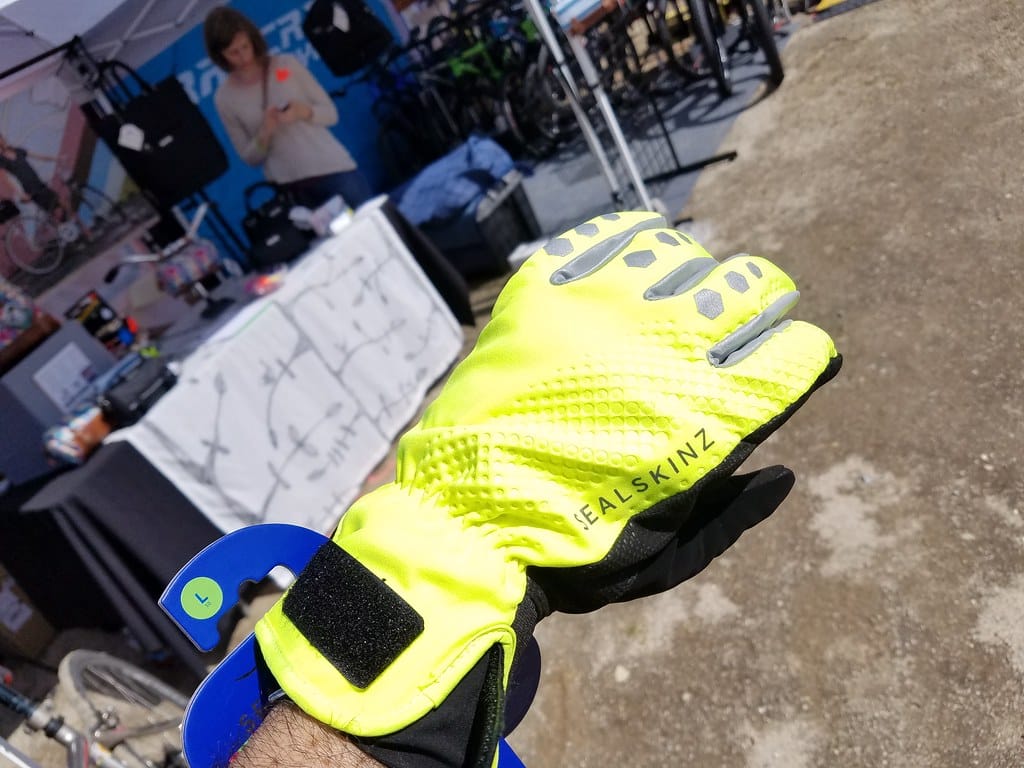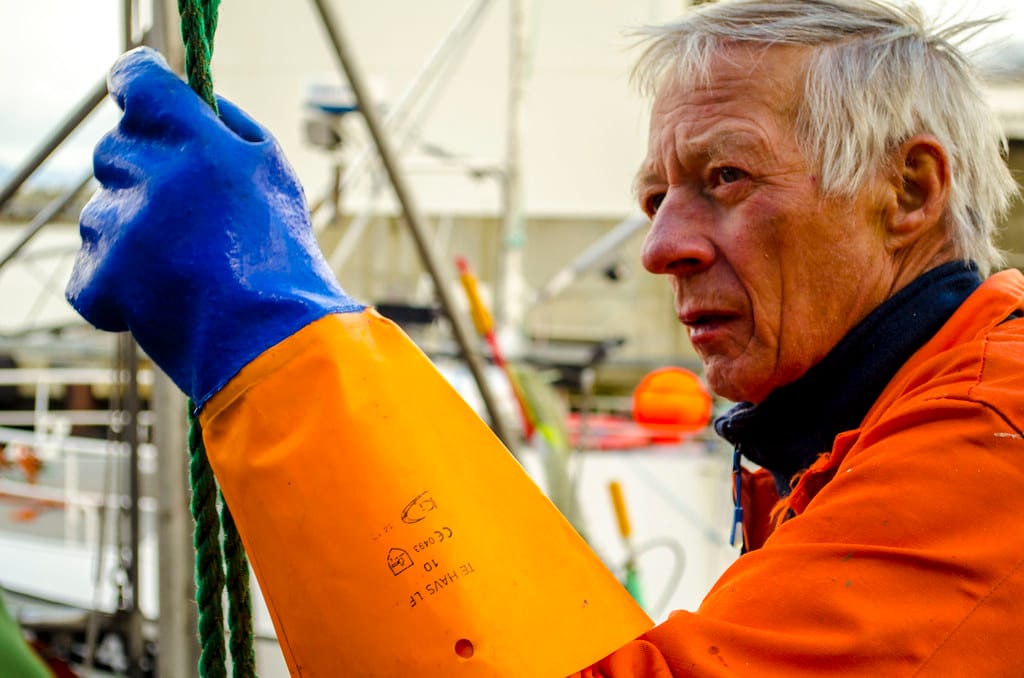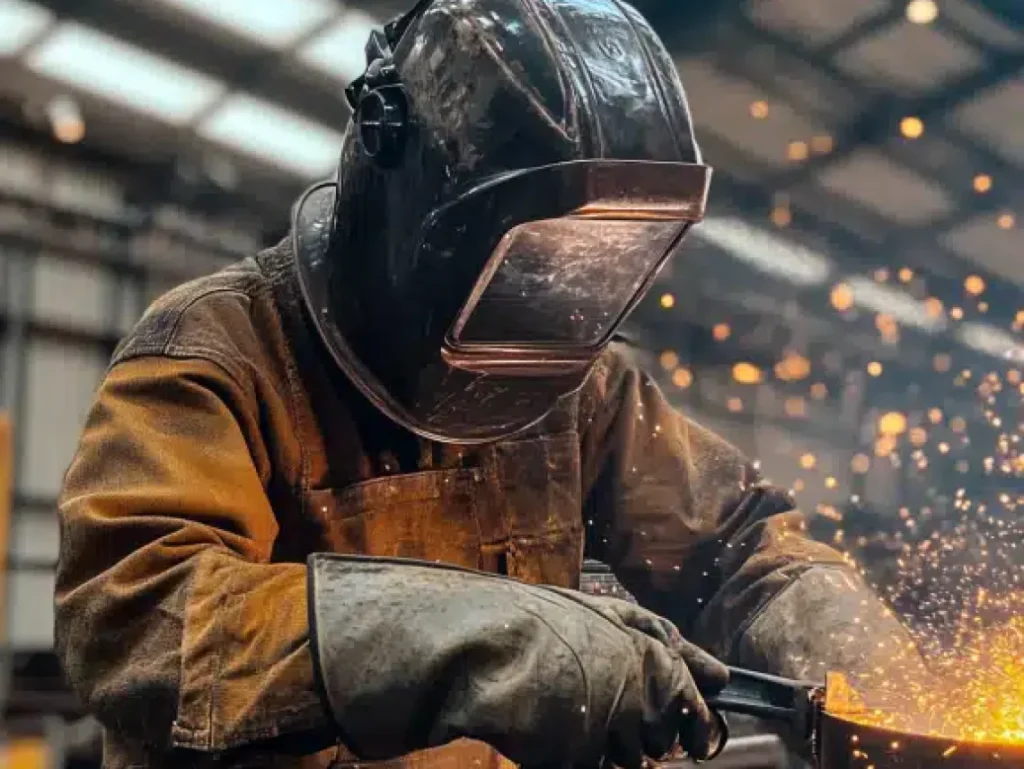
When the weather turns bad, staying dry isn’t just about comfort—it’s about safety. In hazardous jobs where flame or arc flash is a risk, the wrong rainwear could melt, ignite, or make injuries worse.
That’s why Flame Resistant (FR) rainwear exists.
It keeps workers dry during storms, without turning into a hazard itself. If your team works outdoors near energized equipment, flammable vapors, or in bad weather, FR rainwear isn’t optional—it’s essential.
The Dangers of Wet Clothing in Heat/Arc Hazards
Regular raincoats may block water—but they won’t block fire or arc energy. In fact, they can do the opposite.
What can go wrong:
- Nylon and polyester melt at high temperatures
- Waterlogged garments can become thermal conductors
- Poor-quality rainwear can ignite or drip onto skin during an arc flash
- Moisture can reduce the effectiveness of arc-rated outerwear underneath
⚠️ A non-FR raincoat over arc-rated clothing can actually trap heat, causing more injury.
✅ FR rainwear is specially engineered to:
- Self-extinguish when exposed to flame
- Resist melting, dripping, or tearing under thermal stress
- Maintain its FR performance even when wet
Waterproof vs. Flame-Resistant: What’s the Difference?
Most people assume “waterproof = protective”—but when it comes to PPE, that’s a dangerous myth.
Waterproof ≠ FR
| Feature | Regular Rainwear | FR Rainwear |
|---|---|---|
| Water resistance | ✅ | ✅ |
| Melting risk | 🔴 High | 🟢 Low / None |
| Flame spread | 🔴 Possible | 🟢 Self-extinguishing |
| Arc flash tested | ❌ | ✅ (If ASTM F1891 tested) |
| Safety compliant | ❌ | ✅ |
✅ Only FR rainwear tested to ASTM F1891 (arc flash) or ASTM F2733 (flash fire) standards should be used in hazardous environments.
Key Standards: ASTM F1891 and ASTM F2733
There are two main safety standards for FR rainwear:
🔹 ASTM F1891
- For arc flash protection
- Measures Arc Thermal Performance Value (ATPV)
- Requires garments to self-extinguish and resist melt
- Used in electrical utilities, substations, switchgear work
🔹 ASTM F2733
- For flash fire protection
- Focuses on thermal protective performance (TPP)
- Used in oil & gas, chemical plants, flammable vapor zones
Some rainwear is dual certified, protecting against both arc and fire.
✅ Always check that your rainwear meets at least one of these standards before issuing to crews.
FR Rain Jacket and Bib Types
FR rainwear usually comes in layered systems that include:
- FR Rain Jackets: hooded, with storm flaps, vented backs
- FR Bib Overalls: high-waisted with adjustable straps, worn over pants
- FR Rain Suits: 2-piece sets for full-body coverage
- Hi-Vis FR Rainwear: includes reflective tape that’s flame-resistant
| Product Type | Best For |
|---|---|
| Jacket only | Light rain, quick tasks |
| Jacket + bib | Full protection during storms |
| Rain suit | Long exposure, heavy rainfall |
| Hi-vis rainwear | Roadside, low-light tasks |
⚠️ Avoid using regular hi-vis vests over FR rainwear—they may melt during exposure. Use FR-rated reflective tape only.
How to Choose Breathable and Arc-Safe Rainwear
The biggest complaint about rainwear? “I’m sweating like crazy.”
To fix that, look for breathable FR materials that combine protection with comfort.
What to look for:
- Breathability rating (moisture vapor transmission)
- Mesh venting under arms and back
- Moisture-wicking liners inside
- Adjustable cuffs and hems for airflow and sealing
- Lightweight laminated fabrics (e.g., FR PU coatings)
✅ Balance is key: the best rainwear blocks water but lets heat and vapor escape.
Proper Storage and Decontamination of FR Rain Gear
FR rainwear isn’t indestructible—it needs regular maintenance to stay effective.
Storage tips:
- Hang dry completely after use (avoid mold/mildew)
- Keep away from oil, grease, or chemical contamination
- Store in cool, dry lockers or sealed bags
Cleaning tips:
- Use mild detergent only (no bleach or softeners)
- Wash on gentle cycle or hand clean
- Do not iron or dry with high heat
- Always follow the manufacturer’s care label
Rainwear contaminated with flammable liquids must be retired immediately—cleaning won’t restore its FR performance.
Conclusion
Rain doesn’t stop the work—and it shouldn’t compromise safety either.
Flame-resistant rainwear protects your crew when the weather turns nasty without exposing them to additional risk. It’s the only safe choice when water, electricity, and fire hazards might all show up at the same time.
When sourcing FR rain gear:
- Look for ASTM F1891 or F2733 certification
- Choose garments with true arc or flash fire ratings
- Prioritize breathability, comfort, and durability
- Train your team on proper use, care, and when to retire it
Need help selecting certified, breathable, and high-performance FR rainwear for your crews or clients? I can help match the right gear to your worksite hazards and local climate.
📩 Contact: [email protected]
🌐 Visit: www.workwearsolutions.net
Zion Zhang
Recent Posts
 The Nigerian Agent Who Lost $50,000 on Fake Certificates — Then Came Back Stronger2025年10月20日Introduction In the global trade of PPE and industrial […]
The Nigerian Agent Who Lost $50,000 on Fake Certificates — Then Came Back Stronger2025年10月20日Introduction In the global trade of PPE and industrial […] How a Brazilian Trader Used $5,000 to Break into the PPE Market2025年10月20日Introduction In a world where industrial safety and […]
How a Brazilian Trader Used $5,000 to Break into the PPE Market2025年10月20日Introduction In a world where industrial safety and […] From First Order to Market Leader: A Ghana Distributor’s 3-Year Journey2025年10月20日In the fast-growing African PPE and workwear market, small […]
From First Order to Market Leader: A Ghana Distributor’s 3-Year Journey2025年10月20日In the fast-growing African PPE and workwear market, small […] Scaling Your Workwear Brand: From Local Agent to Regional Distributor2025年10月15日In the workwear and PPE industry, many businesses start […]
Scaling Your Workwear Brand: From Local Agent to Regional Distributor2025年10月15日In the workwear and PPE industry, many businesses start […] After-Sales Service & Customer Retention in the Workwear Business2025年10月15日In the global workwear and PPE industry, many suppliers […]
After-Sales Service & Customer Retention in the Workwear Business2025年10月15日In the global workwear and PPE industry, many suppliers […] Government & Corporate Contracts: Winning Large PPE & Workwear Deals2025年10月14日Government & Corporate Contracts: Winning Large PPE […]
Government & Corporate Contracts: Winning Large PPE & Workwear Deals2025年10月14日Government & Corporate Contracts: Winning Large PPE […]
CONTACT US
- Feel free to contact us any time. We will get back to you as soon as we can!
- +86-17330061805
